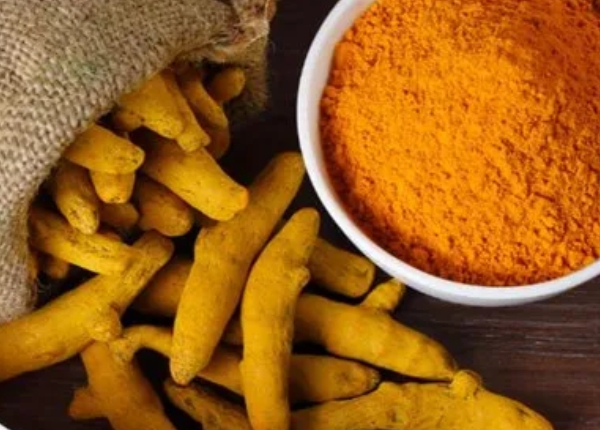India is one of the world’s top producers and exporters of premium dry fruits like almonds, cashews, raisins, pistachios, and walnuts. With increasing global demand for healthy snacks and natural nutrition, exporting dry fruits from India has become a profitable business in 2025. Whether you are a new entrepreneur or an established trader, this step-by-step guide will help you understand how to start and scale your dry fruit export business.
Step 1: Market Research and Product Selection
Before starting, conduct thorough market research to identify the most in-demand dry fruits in your target countries. Popular Indian exports include:
- Cashew Nuts (Kaju)
- Almonds (Badam)
- Raisins (Kishmish)
- Walnuts (Akhrot)
- Pistachios (Pista)
- Figs (Anjeer)
Choose your product based on availability, shelf life, and demand in the importing country.
Step 2: Business Registration and Documentation
To legally export dry fruits from India, you need the following registrations:
- Import Export Code (IEC) – Mandatory for export businesses.
- GST Registration
- FSSAI License – Since dry fruits are a food item.
- APEDA Registration – The Agricultural & Processed Food Products Export Development Authority oversees dry fruit exports.
Step 3: Sourcing High-Quality Dry Fruits
Ensure you partner with reliable suppliers or directly source from farmers/co-operatives to maintain consistent quality. Look for products that are:
- Uniform in size and color
- Free from moisture and infestation
- Properly graded and cleaned
Quality control is key to gaining buyer trust in international markets.
Step 4: Packaging and Labeling
Packaging plays a crucial role in maintaining freshness during international transit. Use vacuum-sealed, nitrogen-flushed, or airtight packaging with moisture barriers. Your labels should comply with the importing country’s regulations, including:
- Product name
- Nutritional value
- Expiry date
- Country of origin
- Batch code
Step 5: Finding Buyers and Exporting
You can find international buyers through:
- B2B platforms like Alibaba, IndiaMART, TradeIndia
- Export promotion councils and trade fairs
- Direct marketing or tie-ups with distributors and retailers abroad
Once the order is confirmed:
- Choose a shipping partner
- Prepare a Proforma Invoice, Packing List, and Bill of Lading
- Complete customs clearance and ensure your shipment is insured
Step 6: Comply with International Standards
Dry fruits exported from India must comply with food safety standards such as:
- Codex Alimentarius
- US FDA, EU standards, or GCC food regulations based on the destination
- Ensure lab testing certificates and phytosanitary documents are in place
Step 7: After-Sales Support and Growth
Ensure prompt communication, address buyer concerns, and follow up for repeat orders. Once you gain confidence, explore:
- Private labeling for international brands
- Exporting value-added dry fruit products like roasted or flavored nuts
Conclusion
With rising global awareness of health and wellness, 2025 presents a golden opportunity for Indian dry fruit exporters. By ensuring top quality, proper certifications, and strong buyer networks, you can successfully grow a sustainable and profitable export business. India’s rich agricultural base and government support make it an ideal hub for global dry fruit trade.



